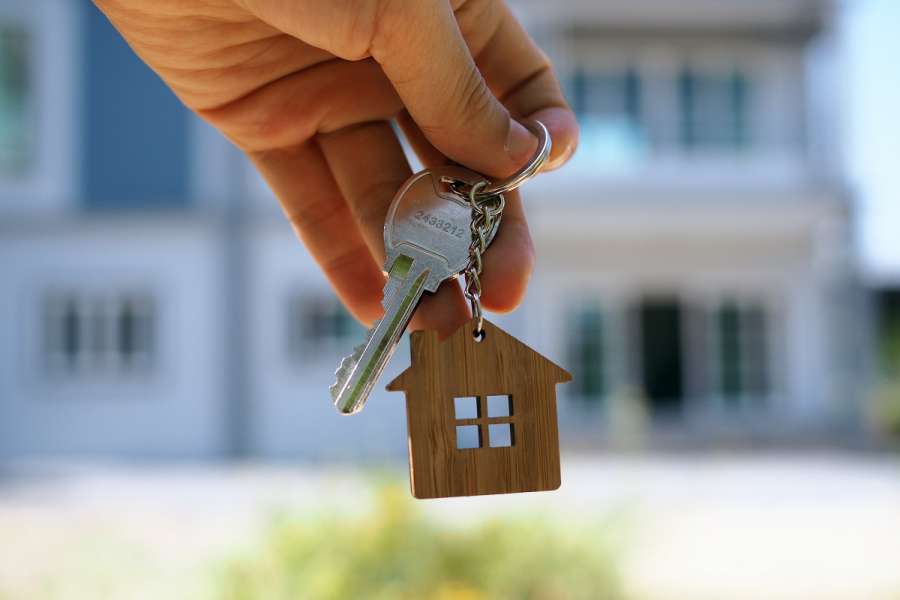The Leasehold Reform Act 1967 gives leasehold tenants of houses the right to buy the freehold. This is what our Property Litigation solicitors will be exploring in this article. The right to buy the freehold (and any intermediate leasehold interest, for example, the head lease) without the Landlord’s agreement is called ‘enfranchisement’. Some landlords will sell the freehold without you needing to make a formal claim.
The 1967 act has been amended and extended over the years, which has made the rules for calculating the price complicated. The latest amendments are set out in the Commonhold and Leasehold Reform Act 2002, which simplified the rules for qualifying for enfranchisement and gave leaseholders extra rights.
The right allows the leaseholder to buy the freehold of the house and premises. Premises can include any garage, outhouse, garden, yard, and any items left to the leaseholder with the house. The premises must be let with the house, but this could be under a separate lease or deed.
The Landlord can ask for the premises to be included in the sale if keeping them would cause the landlord hardship or inconvenience. Alternatively, they can ask to keep certain premises if they have an interest, or it would cause hardship or inconvenience if sold.





